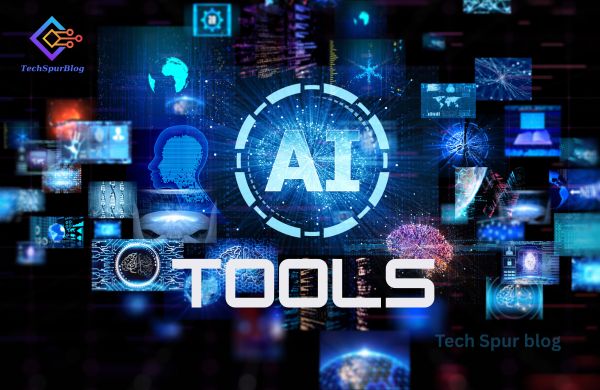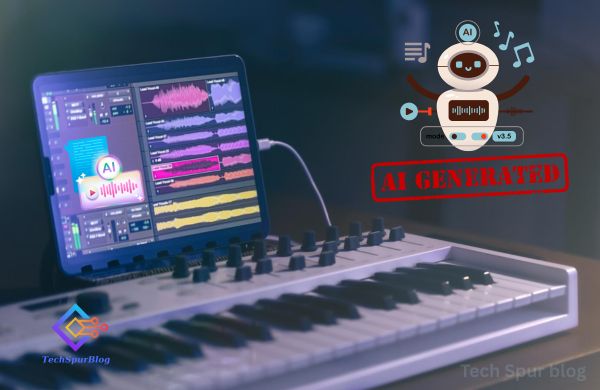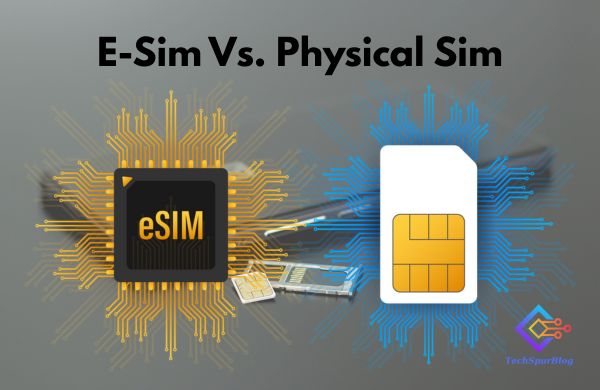In the ever-evolving landscape of blockchain technology, scalability remains a formidable challenge. As blockchain platforms like Ethereum have gained widespread adoption, the need for efficient and cost-effective solutions to accommodate the growing user base has become increasingly evident. This is where Layer 2 solutions step in to revolutionize the blockchain ecosystem.
Layer 2 solutions are designed to enhance transaction speeds, reduce fees, and ultimately provide a more seamless experience for users. the exciting world of Layer 2 solutions, exploring their diversity, advantages, and notable players that are shaping the future of blockchain scalability.
The Challenge of Scalability
The rapid growth of blockchain platforms has brought forth a set of challenges, particularly in terms of scalability. Traditional blockchain networks, like Ethereum, often face congestion and higher transaction fees as more users interact with the system. This phenomenon restricts the network’s efficiency and accessibility, hindering its ability to scale effectively.
Also Read: Different Types of Blockchain Nodes: Full Nodes and Light Nodes
Enter Layer 2 Solutions
Layer 2 solutions, also known as L2s, are innovative protocols built on top of existing blockchain networks. They serve as a secondary layer that handles transactions off the main chain, alleviating congestion and improving overall performance. L2s come in various forms, such as optimistic rollups, zkRollups, and hybrid solutions, each tailored to address specific scalability issues. Let’s explore some of the notable Layer 2 solutions that are making waves in the blockchain community.
Mantle Network: Expanding Ethereum’s Reach
ByBit’s Mantle Network is a prime example of a Layer 2 solution that extends Ethereum’s capabilities while mitigating its shortcomings. Mantle ensures Ethereum’s security framework while significantly reducing gas fees. By compressing transactions into a “compressed block,” users benefit from improved throughput and lower transaction costs.
Base: Enabling Access and Integration
Base, incubated within Coinbase, offers a seamless way for applications to integrate with Coinbase’s ecosystem. With access to over $130 billion in assets on the platform, Base operates at a fraction of the cost of Ethereum. Despite a tumultuous start, Base has regained momentum and is gaining traction with its Onchain Summer campaign.
opBNB: Empowering BNB Smart Chain
opBNB introduces a scalable solution for Binance Smart Chain (BNB) by offloading transaction processing and resource usage from the main chain. This Layer 2 solution maintains a connection to the mainnet, offering users the benefits of reduced congestion and improved efficiency.
Also Read: Metaverse in Blockchain: Uncovering Business Opportunities
Linea and Polygon zkEVM: Lowering Gas Fees
Linea and Polygon zkEVM utilize zkRollup technology to lower gas fees and increase scalability. It is developed by ConsenSys, maintains compatibility with Ethereum’s tools and infrastructure, providing a seamless transition for developers. Polygon zkEVM employs cryptographic zero-knowledge proofs to enhance transaction validity and quick finality.
Scroll: A Transparent zkEVM Solution
Scroll stands out as a community-driven Layer 2 solution that emphasizes transparency. Its open-source approach ensures that every line of code is visible on GitHub. With its mainnet launch on the horizon, Scroll’s commitment to the Ethereum Virtual Machine experience is clear.
ImmutableX: Navigating NFT Scaling
ImmutableX caters specifically to NFTs, enhancing their scalability and gaming experiences. With support for various Ethereum wallet types, ImmutableX brings improvements to both gaming platforms and NFT marketplaces.
Metis: Combining the Best of Both Worlds
Metis adopts a hybrid approach by merging optimistic rollup architecture with zero-knowledge rollups’ security. This fusion offers users a unique combination of simplicity, speed, and enhanced security. Metis provides a range of products to support its Layer 2 platform.
A Flourishing Ecosystem
Beyond the mentioned solutions, the Layer 2 landscape is diverse and ever-growing. Projects like Fuel, Taiko, and Aztec contribute their unique approaches to Ethereum scaling solutions. The ecosystem’s dynamism demonstrates the industry’s commitment to solving scalability challenges.
Also Read: Crypto 2.0: How Blockchain Technology is Transforming Industries Beyond Finance
Conclusion
The emergence of Layer 2 solutions marks a pivotal moment in the blockchain space. These solutions are redefining scalability, enabling blockchain platforms to handle increased user demand without compromising performance.
As the landscape continues to evolve, some solutions may prove more resilient and successful than others. It remains to be seen which Layer 2 solutions will become the cornerstone of future blockchain scalability. In the end, the proliferation of Layer 2 solutions signifies a collective determination to make blockchain accessible and efficient for users worldwide.

















